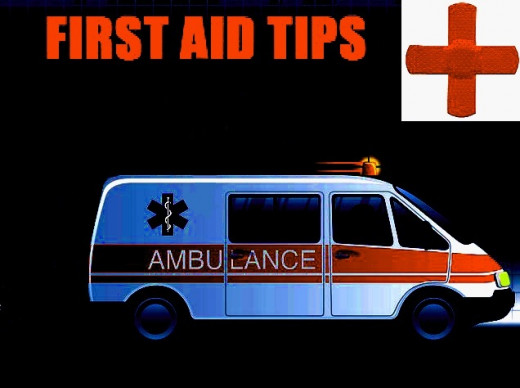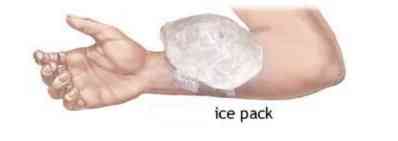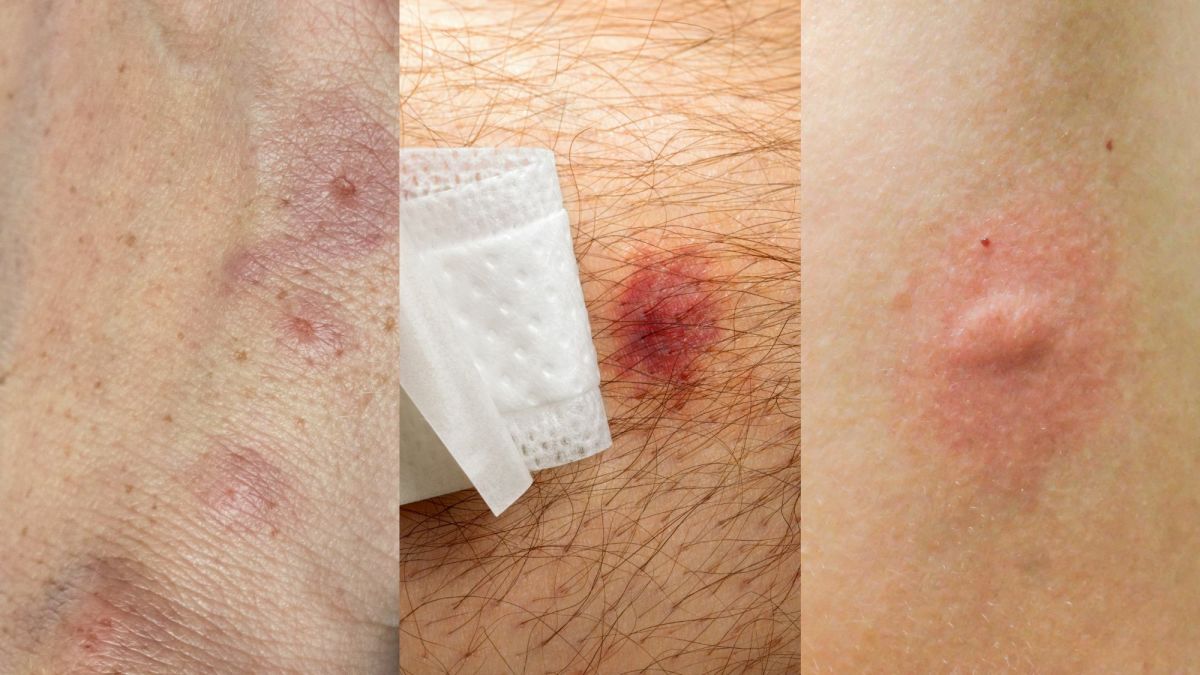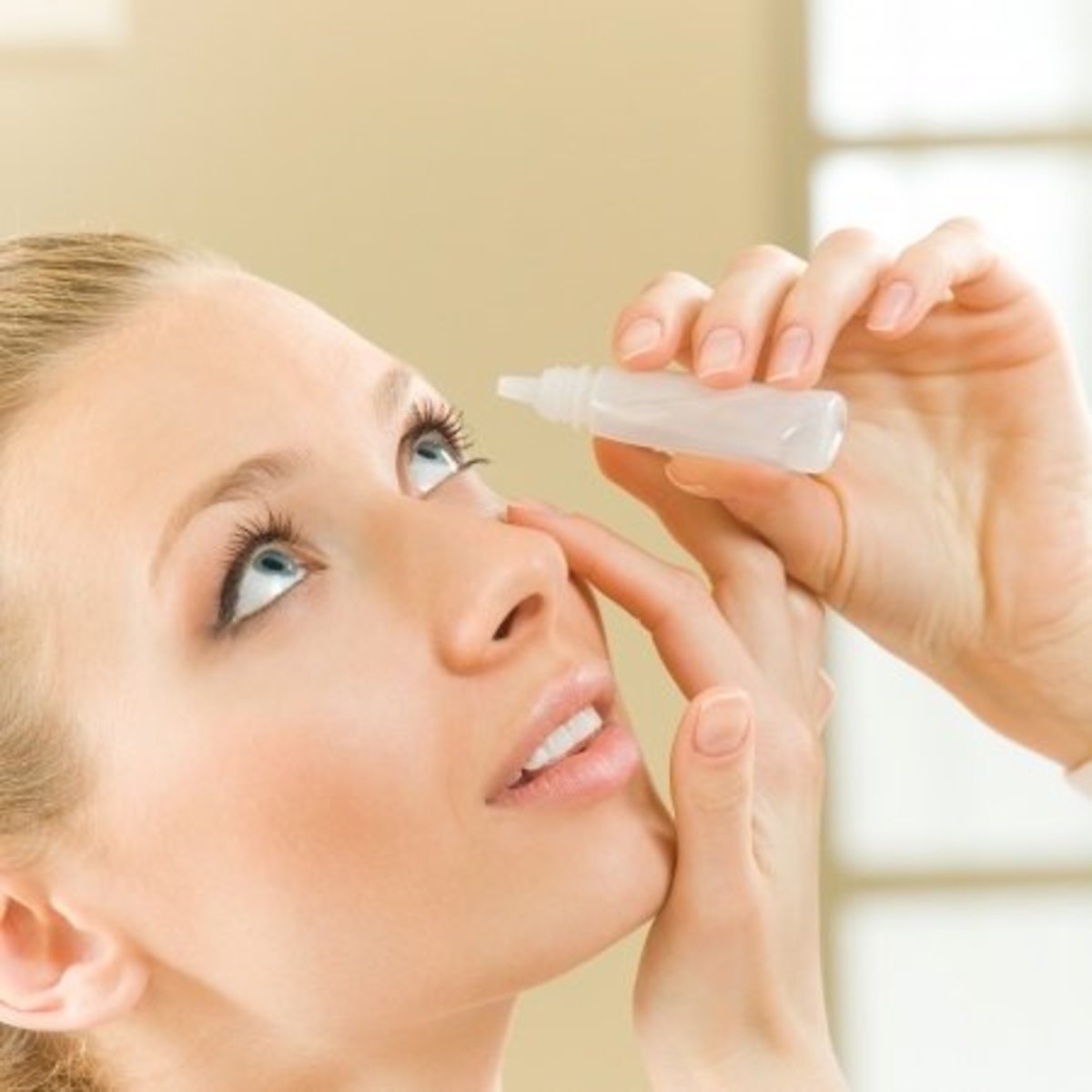IMMEDIATE LIFE SAVING METHODS - FIRST AID MADE EASY

Need for First Aid:
Today, we are living in an extreme dangerous world where anybody can indulge with a nasty accident or emergency situation. In past, the dangers were diseases due to ignorance, superstition, malnutrition, and lack of hygiene. Nowadays, by strange contrast, the dangers include machines, drugs, and some of the other results of scientific process, which would certainly considered as being the very antithesis of the superstition and ignorance. But, it should be noted that our society and science is not at fault here.
What is First Aid?
First aid is the first assistance that a person receives when she /he becomes ill or is injured in an accident before a more responsible person, a doctor, a nurse practitioner, or an ambulance crew takes charge of the situation. If the illness or an accident happens in workplace, anyone present there will render first aid and will call a doctor or an ambulance if matter is serious. However, occasions may happen where you will find yourself alone with a person who has become ill or has sustained an injury, and then it will be you who will have to render first aid.
Procedure to follow in case of emergency like a serious accident or illness:
1. Be calm and cool, and make sure that the casualty won’t be having any further danger and no possibility of danger to yourself or other people.
2. Reassuringly, listen and talk to the casualty.
3. Obtain assistance of other people – a policeman or passing motorist would be very helpful.
4. Dial to call an ambulance and the police or fire & rescue services for help.
5. Provide first aid given below without making the situation worse.
6. Since casualty needs air, avoid overcrowding.
7. Avoid leaving the casualty alone and unattended until you can handover the casualty to a skilled person or doctor.
FIRST AID METHODS:
Priorities in first aid treatment should be in the following order:
1. Breathing.
2. Bleeding.
3. Shock.
UNCONSCIOUSNESS:
1. Airway should be made clear and should loosen clothing at neck, chest, and waist.
2. Artificial ventilation (mouth-to-mouth resuscitation) should be given if breathing stops.
3. Severe bleeding should be arrested.
4. Keep a cushion under head, and keep mouth open and turn head to one side to make casualty comfortable.
5. Casualty should not be given any drinks.
6. Casualty should not be left unattended or alone.
7. Immediate arrangement should be made to transfer casualty to hospital.
FAINTING:
1. Casualty should be laid down with legs raised slightly above level of head.
2. Clothing at neck, chest, and waist should be loosened.
3. If there should be any vomiting, turn head to one side so that the airway is clear.
4. Casualty should be made comfortable.
5. Casualty should be provided with fresh air.
6. Returning back to consciousness, reassure and raise casualty to a sitting position.
7. Water may be given to drink.
CHOKING:
1. Airway should be made clear by removing obstructions from mouth.
2. Casualty’s head and shoulders should be bend forward and down and slap up to 4 times between shoulder blades.
3. Casualty should be placed on back, kneel close, place hands just above navel and thrust into the abdomen up to 4 times, if the former attempt was unsuccessful.
4. Try to remove obstructions with fingers if this was also unsuccessful.
5. After this, give artificial ventilation.
ELECTRIC SHOCKS:
1. Domestic Shocks:
a) Turn off current.
b) If you are not successful, then pull the casualty clear by using plastic or rubber gloves or by covering hands with dry paper.
c) Use dry dressing to cover injured parts.
d) Give artificial ventilation if not breathing.
e) Make arrangements for medical treatment.
2. High Voltage Shocks:
Don’t waste time by making attempts to rescue. Call fire and rescue services and police immediately.
SEVERE BLEEDING:
1. Wipe out any foreign body, which can easily be removed by using a dressing.
2. Apply direct pressure to bleeding point with fingers.
3. Lay the patient down.
4. If there is no fracture, raise and support injured part.
5. Apply dressing, pad, and firm bandage.
6. Apply extra pads if necessary.
7. Immobilize limb.
8. Transfer the patient to the hospital.
SLIGHT BLEEDING:
1. Apply direct pressure to the bleeding point with fingers.
2. If there is no fracture, raise and support injured part.
3. If the wound is dirty, wash in running water.
4. Cleanse and dry with a clean swab.
5. Cover with a small waterproof dressing.
SPLINTERS & GRAVEL:
1. If it is possible to do so, remove the foreign body by washing with a clean swab or handkerchief, and then treat as a small wound.
2. Otherwise, cover lightly with a clean dressing, and seek medical aid.
BRUISES:
1. Position the injury at rest so that it is as comfortable as possible.
2. Apply a cold compress or any ice-bag to relieve pain and prevent further swelling.
3. If the pain is severe, seek medical aid.

NOSE BLEEDING:
1. Sit the patient down with head slightly forward.
2. Instruct to breathe through mouth.
3. Pinch soft part of nose for 10 minutes.
4. Loosen clothing at neck and chest.
5. Instruct not to blow nose for several hours.
6. If bleeding does not stop or recurs, seek medical aid.
BURNS & SCALDS:
1. Hold under a slow-running tap or immerse in cold water.
2. Remove rings, bracelets, etc.
3. Remove clothing, but not burnt clothing (which may have stuck).
4. Cover with a clean dry cloth.
5. If burns are caused by chemicals, flood with water for 5 minutes and remove contaminated clothing.
6. Arrange for medical attention.
FRACTURES:
1. Steady and support injured limb with pillows or rolled blanket, making sure that the limb is not moved.
2. Instruct casualty not to move.
3. Arrange for an ambulance to transport to hospital.
SPRAINS:
1. Support joint in most comfortable position.
2. Expose injury most carefully.
3. Apply a cold compress or a thick cotton-wool pad, and bandage firmly.
4. Do not remove shoe when outdoors, but provide support with a figure-of-eight bandage over shoe.
SHOCK:
1. Lay patient down.
2. Turn head to one side and raise legs.
3. Loosen clothing at neck, chest and waist.
4. Give no drinks, but moisten lips.
5. Cover with a blanket.
6. Seek medical aid.
FOREIGN BODY IN EYE:
1. Face the patient towards the light, and then pull down the lower eyelid.
2. Irrigate the eye with clean water.
3. If ineffective, moisten a cotton-wool swab or the corner of a handkerchief and gently wipe the eye.
4. If this is also ineffective, seek medical aid.



